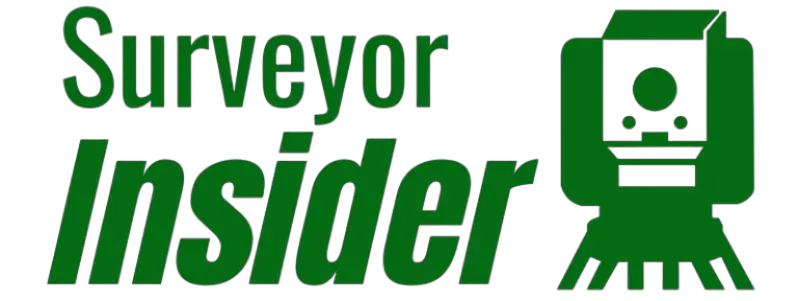A three peg test is used to measure the prism constant of a prism. This can be used to either verify the manufacturers stated prism constant or to determine the prism constant for a prism where it is not known.
When You Need to Do a Three Peg Test
A three peg test is needed when:
- You have purchased a new prism and you want to verify the manufacturers stated prism constant.
- You need to do high accuracy control work and want to use a measured prism constant, not just what the manufacturer stated.
- You don’t know what the prism constant is of a prism and need to find out what it is.
How to do a three peg test
Important:
- When doing a three peg test make sure you only use the one prism that you are wanting to test, and you don’t mix in multiple prisms.
- Before recording any measurements, set the prism constant to 0. This is to make it easier to calculate the measured prism constant of the prism.
- When taking and recording measurements, record horizontal distance only.
Equipment
The equipment needed to do a three peg test is:
- 3 x tripods
- 3 x prism tribrachs
- 1 x prism
- 1 x surveying total station
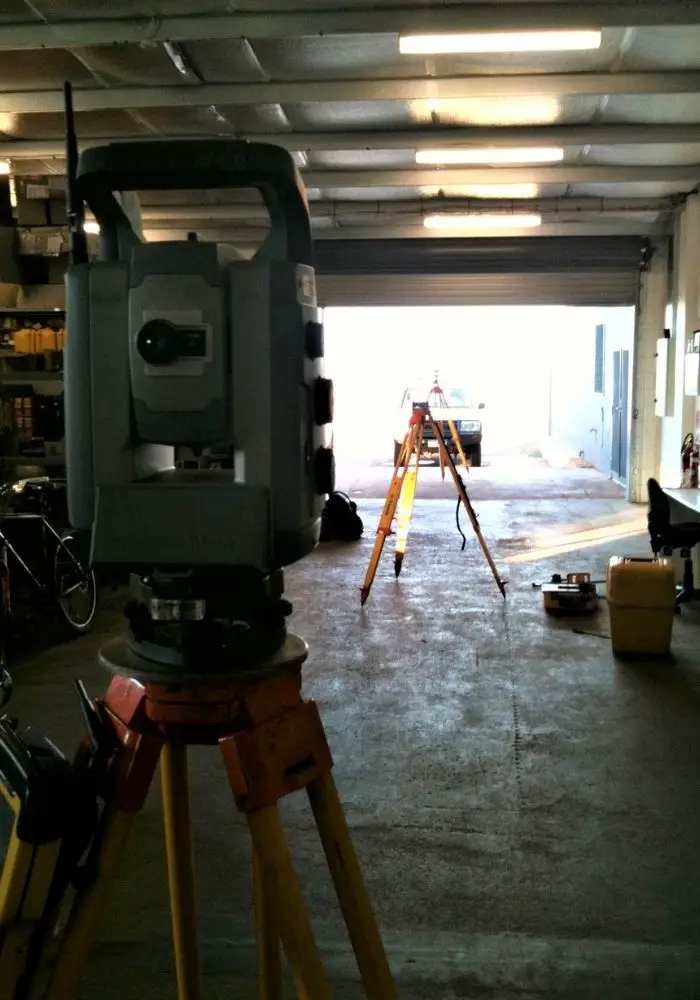
Steps To Complete A Three Peg Test
Three peg test duration 30 minutes
-
Setup 3 Tripods On-Line
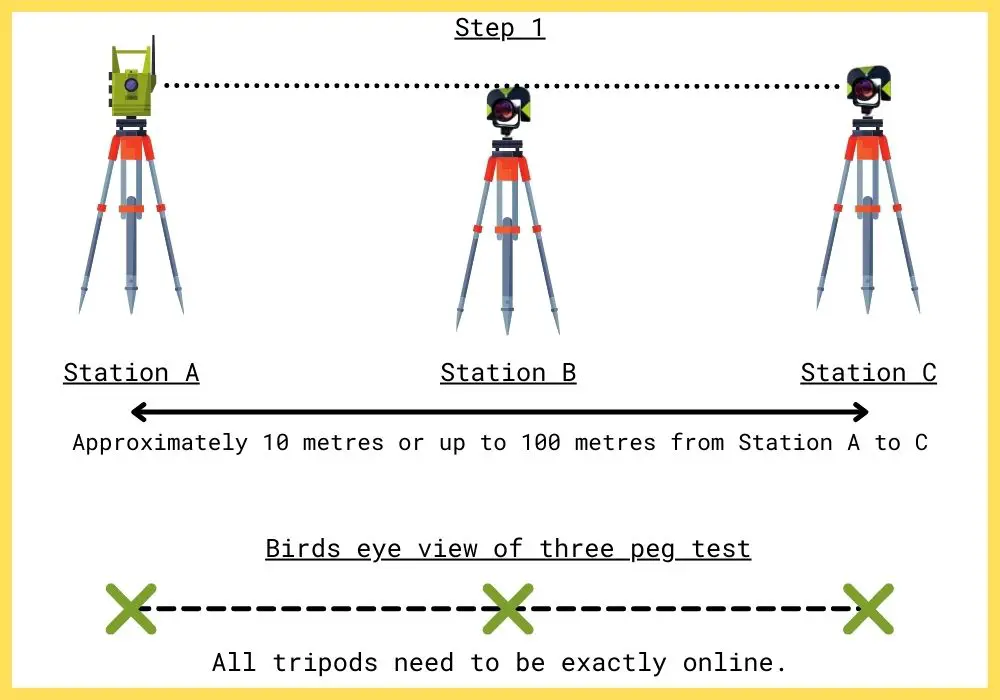
Setup 3 x tripods in a row (Station A, B and C). The distance between the target doesn’t matter but best to add a bit of distance if you can, at least 10 metres.
To get all of the tripods online first set up a total station at Station A and a prism at Station C (level both setups). Then get your survey assistant to move a tripod (Station B) until it is online and levelled.
Setup the middle tripod (Station B) at a lower height than the first and last tripod (Station A and C), this is so your view won’t be obstructed when measuring from Station A to C.
-
Setup Total Station At Station A
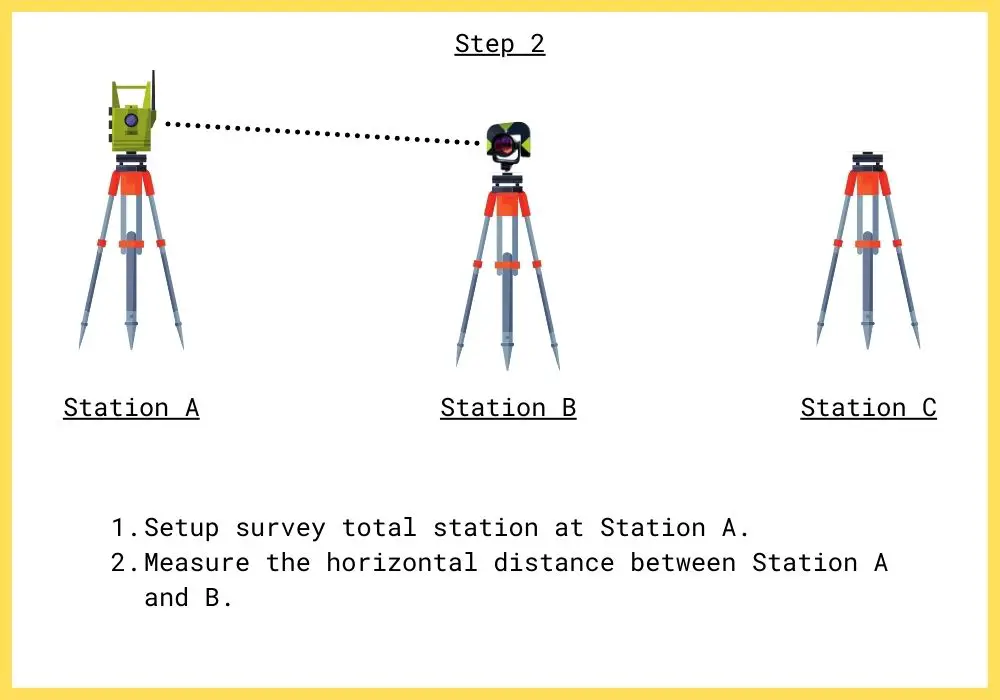
Setup the total station at Station A, and put a target on Station B.
Set the prism constant in the total station or controller to zero.
Measure the horizontal distance from A to B 10 times.
-
Move Prism From Station B to C
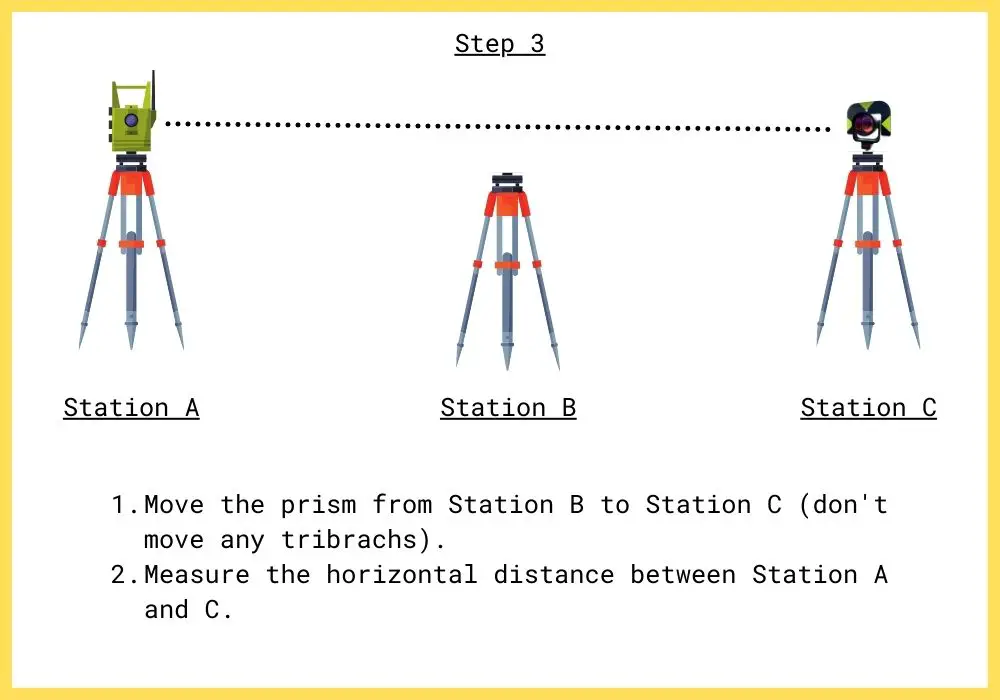
Move the prism from Station B to Station C and measure the horizontal distance A to C 10 times.
Now measure the horizontal distance from A to C 10 times.
-
Move Total Station From Station A to B
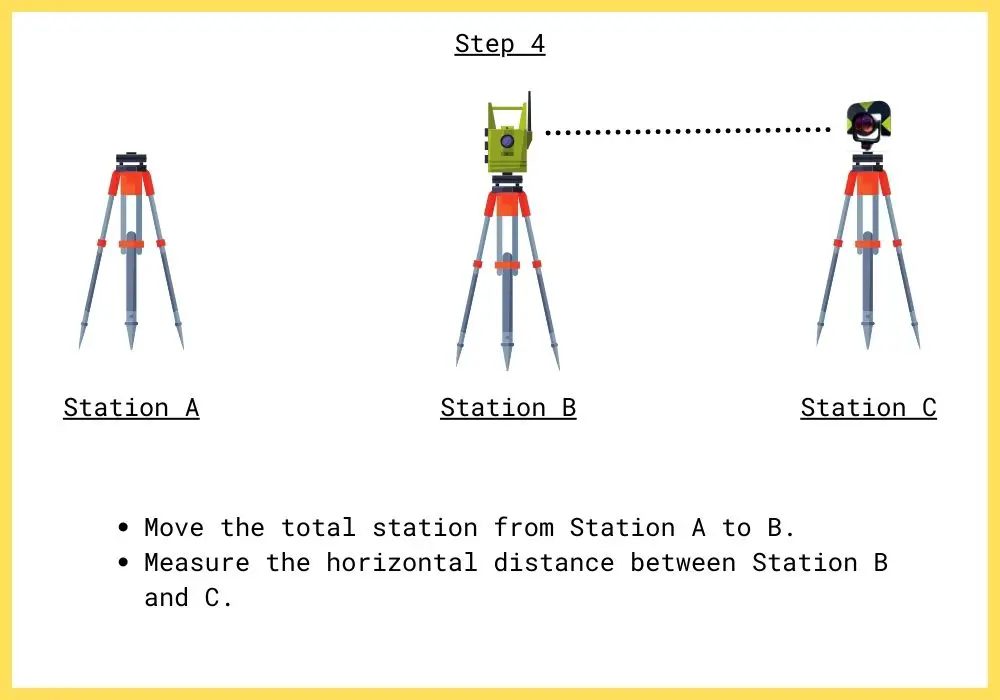
Now move the total station from Station A to B.
Measure the horizontal distance from Station B to C 10 times.
-
Calculate Measured Prism Constant
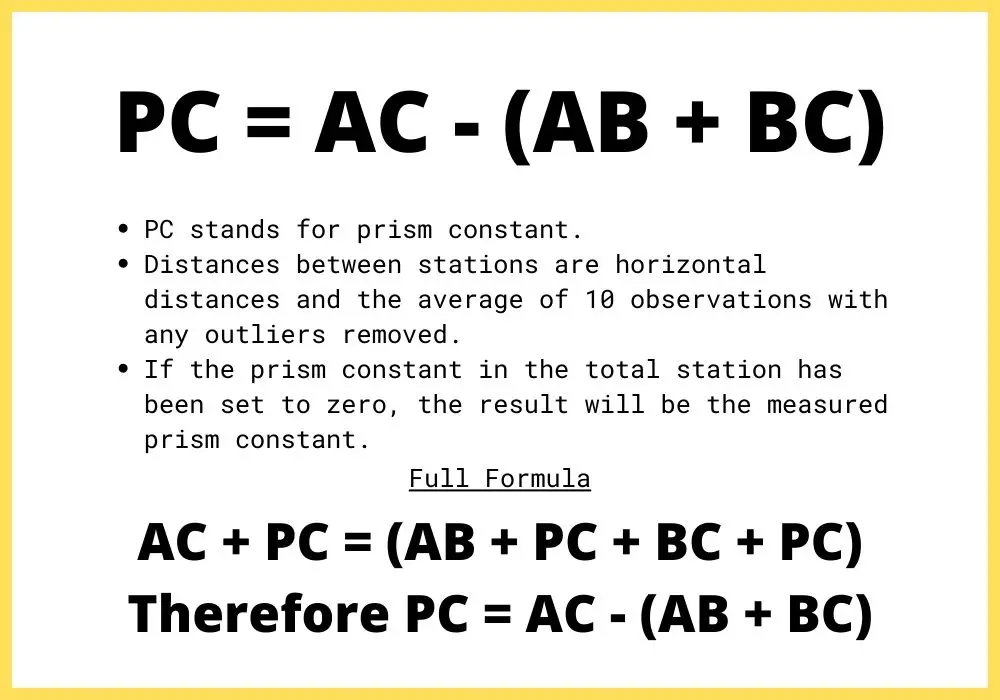
The first step is to calculate the average of each of the three horizontal distance observations.
The prism constant (PC) = AC – (AB + BC). The resulting number will be the observed prism constant of that prism.
Before considering changing what prism constant is used, consider the measurement accuracy of your total station and see if it has been measured with the manufacturers’ specifications.
View the manufacturer’s stated prism constant of the below prisms.
Three Peg Test FAQs
What Is the Formula to Calculate the Prism Constant of A Prism
The formula to use after the fieldwork is PC = AC – (AB + BC).
Read the blog above to learn how to do a three peg test if you are not sure.
How Do You Find the Constant of A Prism
To measure and calculate the prism constant of a prism, you can do a three peg test which is detailed above in this blog.
